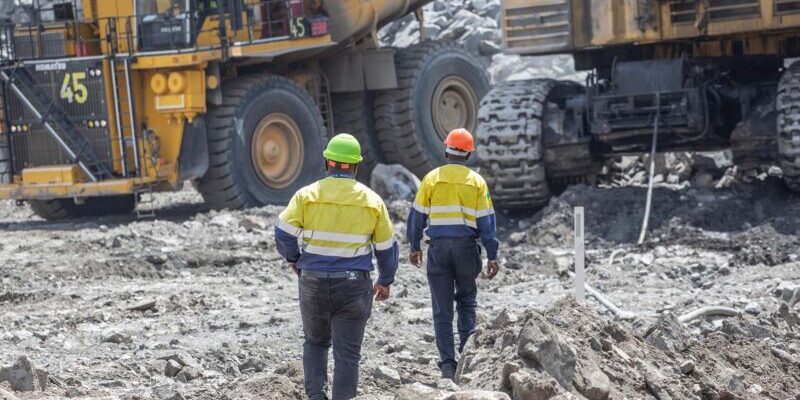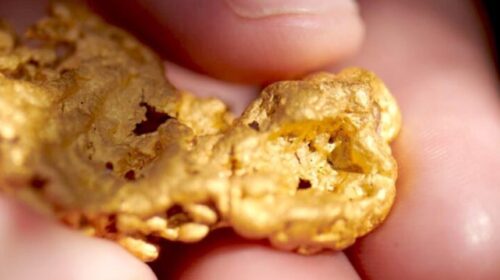Barrick Gold’s Reserves Surge as Reko Diq and Lumwana Expansion Drive Growth
Barrick Gold (TSX: ABX, NYSE: GOLD) reported a 23% increase in global gold reserves in 2024, following a reassessment of Pakistan’s massive Reko Diq copper-gold project.
The company’s attributable proven and probable gold reserves rose by 17.4 million ounces before depletion, reaching 89 million ounces at a grade of 0.99 grams per tonne, up from 77 million ounces at 1.65 grams per tonne in the previous year.
Despite rising gold prices, Barrick’s stock has underperformed due to operational and regulatory challenges in countries like Mali, Papua New Guinea, and the Dominican Republic.
In January, the company was forced to suspend operations at its Loulo-Gounkoto complex in Mali after the military-led government transferred its gold stockpiles to a custodial bank, citing a $512 million tax dispute.
Over the past five years, Barrick’s shares have declined by approximately 6% in Toronto trading, while the iShares S&P/TSX Global Gold Index ETF has surged by 57%.
As the world’s third-largest gold miner by market capitalization, Barrick is focused on major expansion projects to boost organic growth.
Key developments include the Lumwana Super Pit expansion in Zambia, Reko Diq in Pakistan, Pueblo Viejo in the Dominican Republic, and the wholly owned Fourmile project in Nevada.
Since 2019, Barrick has replenished more than 180% of depleted reserves, adding nearly 46 million ounces of proven and probable gold reserves.
The company’s strategy prioritizes value creation through ore body extensions rather than relying on higher gold price assumptions to inflate reserves.
Following a feasibility study, the conversion of Reko Diq’s resources to reserves contributed 13 million ounces of gold at a grade of 0.28 grams per tonne.
Meanwhile, copper reserves tripled year-over-year to 18 million tonnes, with an improved grade of 0.45%, confirming Reko Diq and Lumwana as Tier 1 assets.
Barrick is aggressively expanding its copper portfolio to capitalize on the growing demand for the metal, essential to the global energy transition.
Reko Diq, situated in Pakistan’s Chagai mountain range within the Tethyan Magmatic Arc, is projected to generate approximately $74 billion in free cash flow over 37 years.
The company plans to invest $5.5 billion in Reko Diq’s first development phase, which is expected to produce 200,000 tonnes of copper concentrate and 250,000 ounces of gold annually starting in 2029.
A second phase, requiring an additional $3.5 billion investment, aims to double production. The project is jointly owned, with the governments of Pakistan and Balochistan holding a 50% stake.
Barrick’s reserve calculations are based on a gold price of $1,400 per ounce and a copper price of $3 per pound, while resource estimates use updated assumptions of $1,900 per ounce for gold and $4 per pound for copper.
As Barrick navigates operational challenges, its commitment to high-quality assets like Reko Diq and Lumwana positions it for long-term growth in both gold and copper markets.
59 total views , 2 views today





